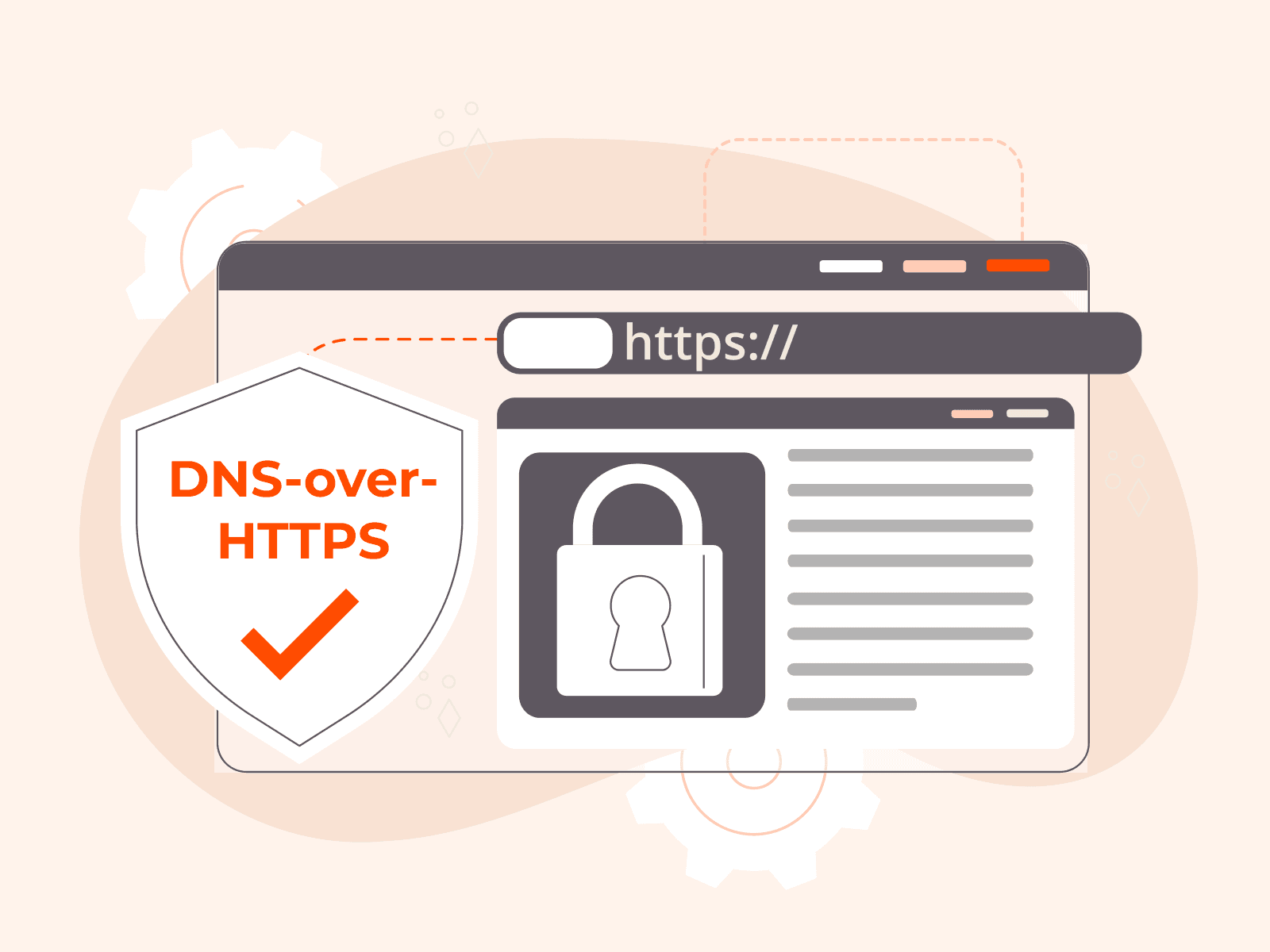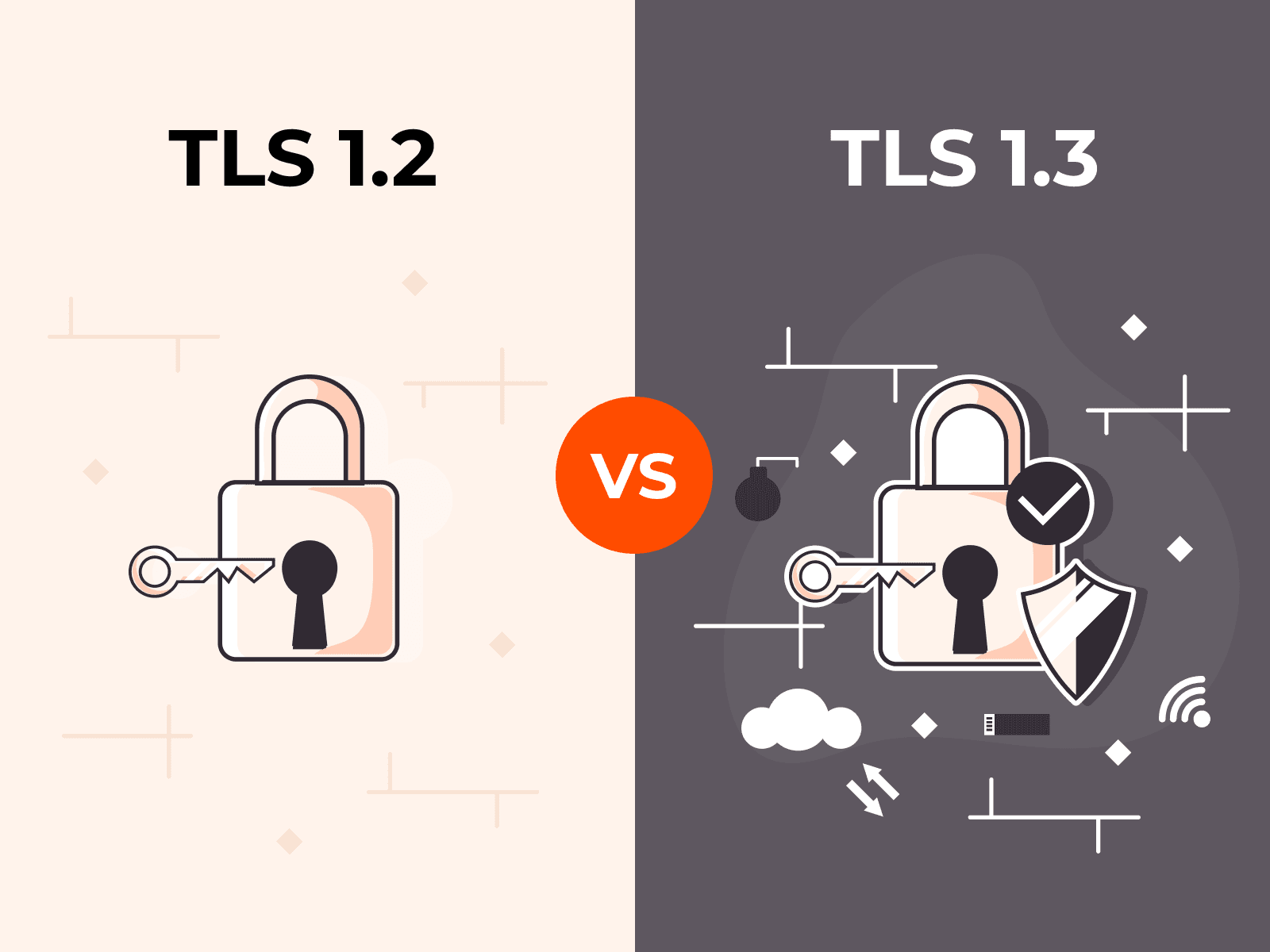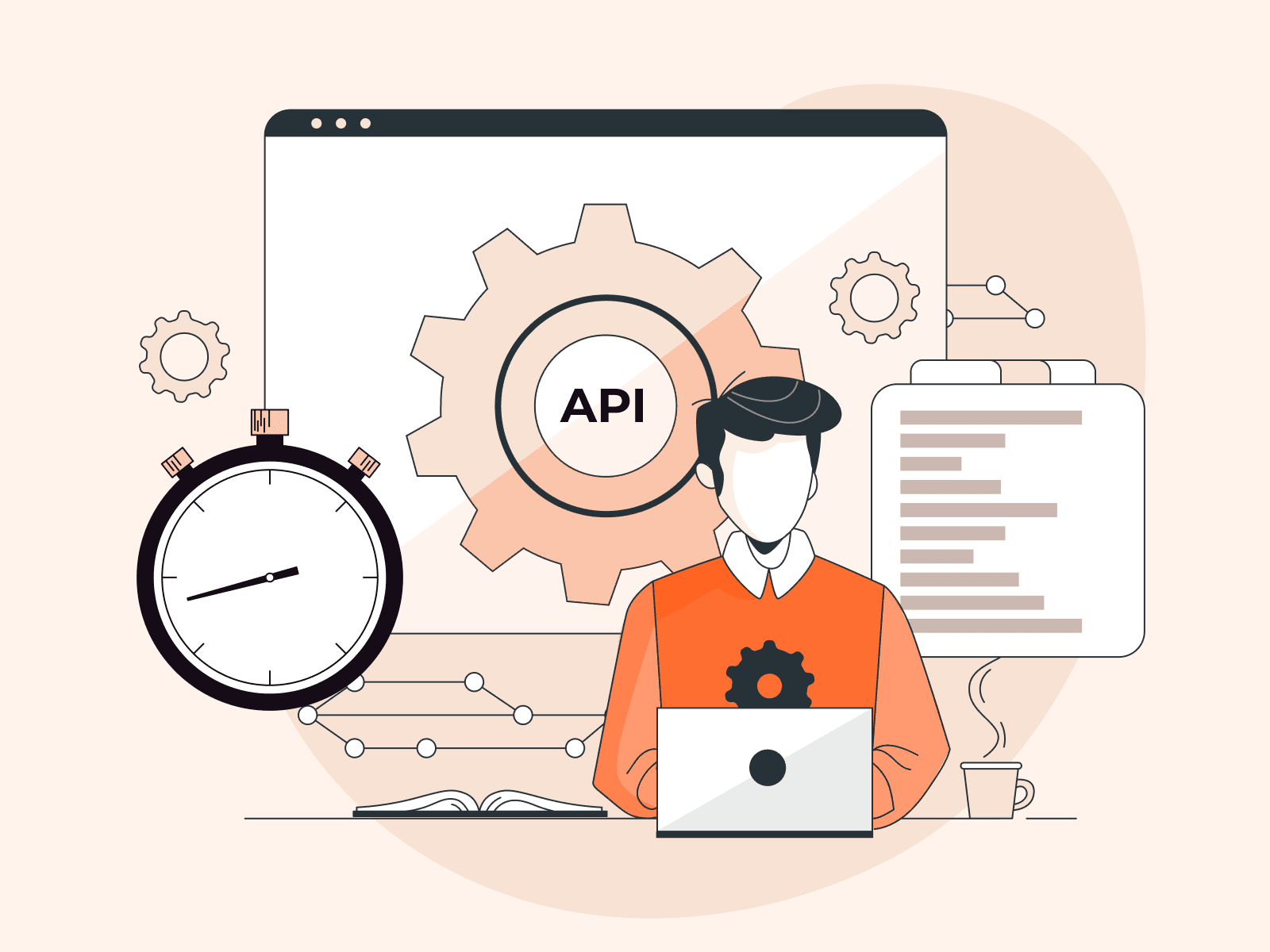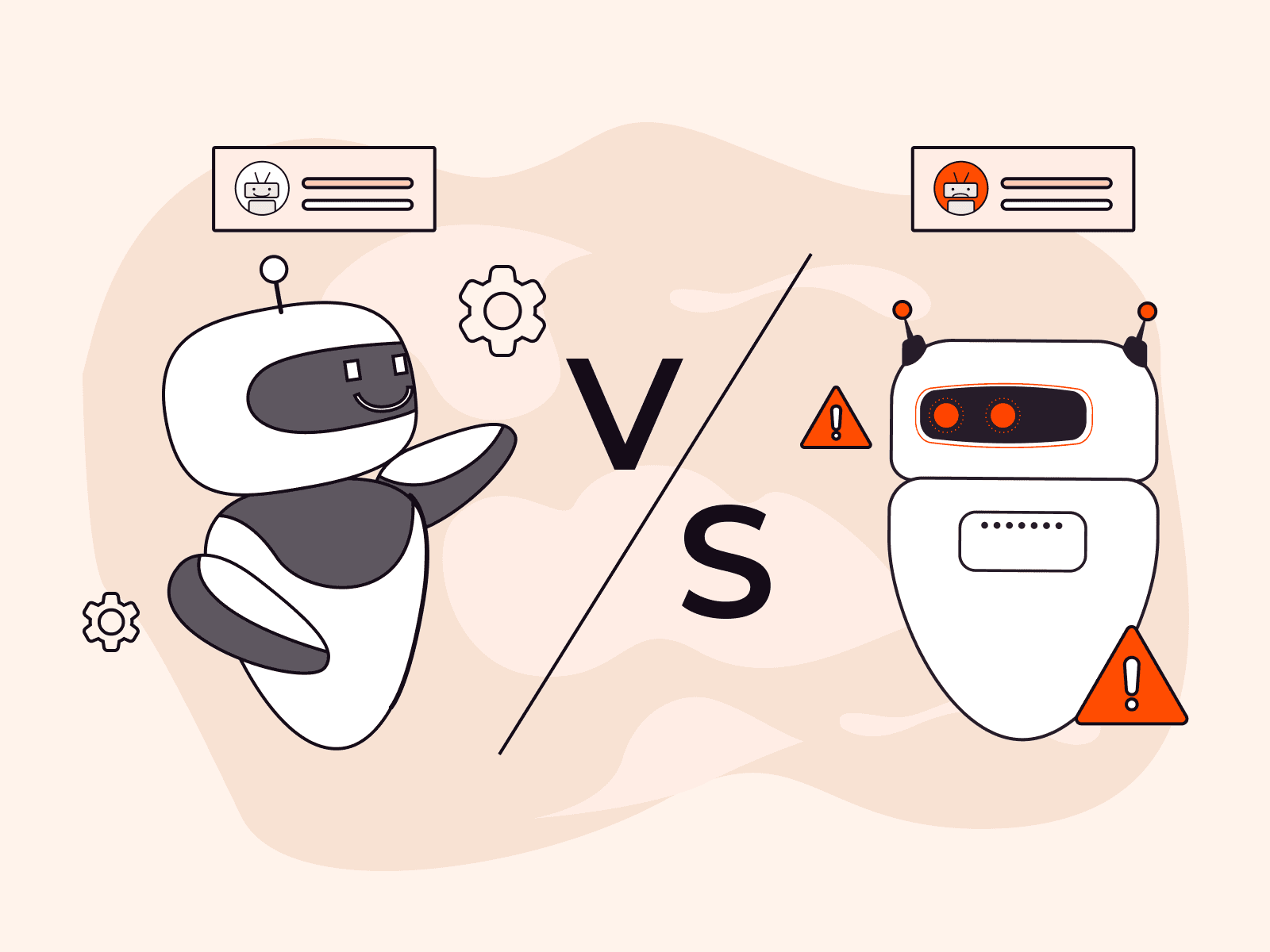APIs have become an integral part of modern digital infrastructure, and it can be easy to take their security for granted. But, unfortunately, APIs are a popular target for attackers. Hackers can use APIs to access crucial data and services, and breaching APIs allows attackers to bypass traditional security controls.
Most companies focus on speed of development and deployment ahead of security when crafting APIs, making them vulnerable to issues like insecure authentication, poor validation, or misconfigured endpoints, which attackers can abuse. Additionally, the interconnected nature of APIs creates multiple endpoints, widening the attack surface and creating additional points of entry that attackers can exploit.
As threats evolve and the attack surface grows to include more API endpoints, integrating AI threat detection and mitigation is an absolute must for businesses to take serious, deliberate action against API cyberattacks. Let’s find out why.
Staying ahead of zero-day API attacks
Of all the cyber attacks that commonly threaten APIs, zero-day attacks, leveraging unknown vulnerabilities, are probably the toughest to defeat. Traditional solutions rely more on the existence of preconfigured rules or signatures along with human interference to detect and block such attacks. This approach often fails against novel threats and can block legitimate traffic, leaving applications vulnerable and making APIs inaccessible to users.
APIs must balance between allowing legitimate users access and maintaining security. AI and ML technologies excel at identifying zero-day attacks based on pattern and behavior analysis rather than known signatures. For instance, heuristic algorithms can detect anomalies, such as sudden spikes in unusual traffic or behaviors indicative of malicious intent.
Consider the following example: A certain IP address makes an abnormally large number of requests to a rarely accessed endpoint. Even without prior knowledge of the IP or attack vector, an AI/ML-enhanced solution can flag the activity as suspicious and block it proactively. Using minimal indicators, such as frequency patterns or traffic anomalies, AI can stop attackers before they fully exploit vulnerabilities. Additionally, this means that only suspicious IPs are blocked, and legitimate users can continue to access APIs unimpeded.
The risks of shadow APIs
One of the biggest risks is shadow APIs, which are endpoints that exist but aren't documented or monitored. These can arise from configuration mistakes, forgotten updates, or even rogue development practices. These unknown APIs are the ideal target for Layer 7 attacks, as they are often left undefended, making them easy targets.
AI-powered API discovery tools map both known and unknown API endpoints, enabling the grouping and management of these endpoints so sensitive APIs can be properly secured. This level of visibility is critical to securing systems against API-targeting attacks; without it, businesses are left in the dark.
API discovery as a critical security practice
WAAP with AI/ML capabilities excels in API security because it accurately checks and analyzes API traffic. The Gcore API discovery engine offers 97 to 99 percent accuracy, mapping APIs in users’ domains and using data to recommend policies to help secure APIs.
How heuristics enhance WAAP AI capabilities to protect APIs
While AI and ML form the backbone of modern WAAPs, heuristic methods complement them in enhancing detection accuracy. Heuristics allow the system to inspect granular behaviors, such as mouse clicks or scrolling patterns, which distinguish legitimate users from bots.
For example, most scraping attacks involve automated scripts that interact with APIs in predictable and repetitive manners. In those cases, WAAP can use request patterns or user action monitoring to identify the script with high accuracy. Heuristics may define bots by checking how users interact with page elements, such as buttons or forms, and flagging those that behave unnaturally.
This layered approach ensures that the most sophisticated automated attack attempts are caught in the net and mitigated without affecting legitimate traffic.
Protect your APIs with the click of a button using Gcore WAAP
AI offers proactive, intelligent solutions that can address the modern complexities of cybersecurity. These technologies empower organizations to secure APIs against even the most sophisticated threats, including zero-day vulnerabilities and undiscovered APIs.
Interested in protecting your APIs with WAAP? Download our ebook to discover cybersecurity best practices, the most prevalent threats, and how WAAP can protect your business’s digital infrastructure, including APIs. Or, reach out to our team to learn more about Gcore WAAP.
Related articles
Subscribe to our newsletter
Get the latest industry trends, exclusive insights, and Gcore updates delivered straight to your inbox.






